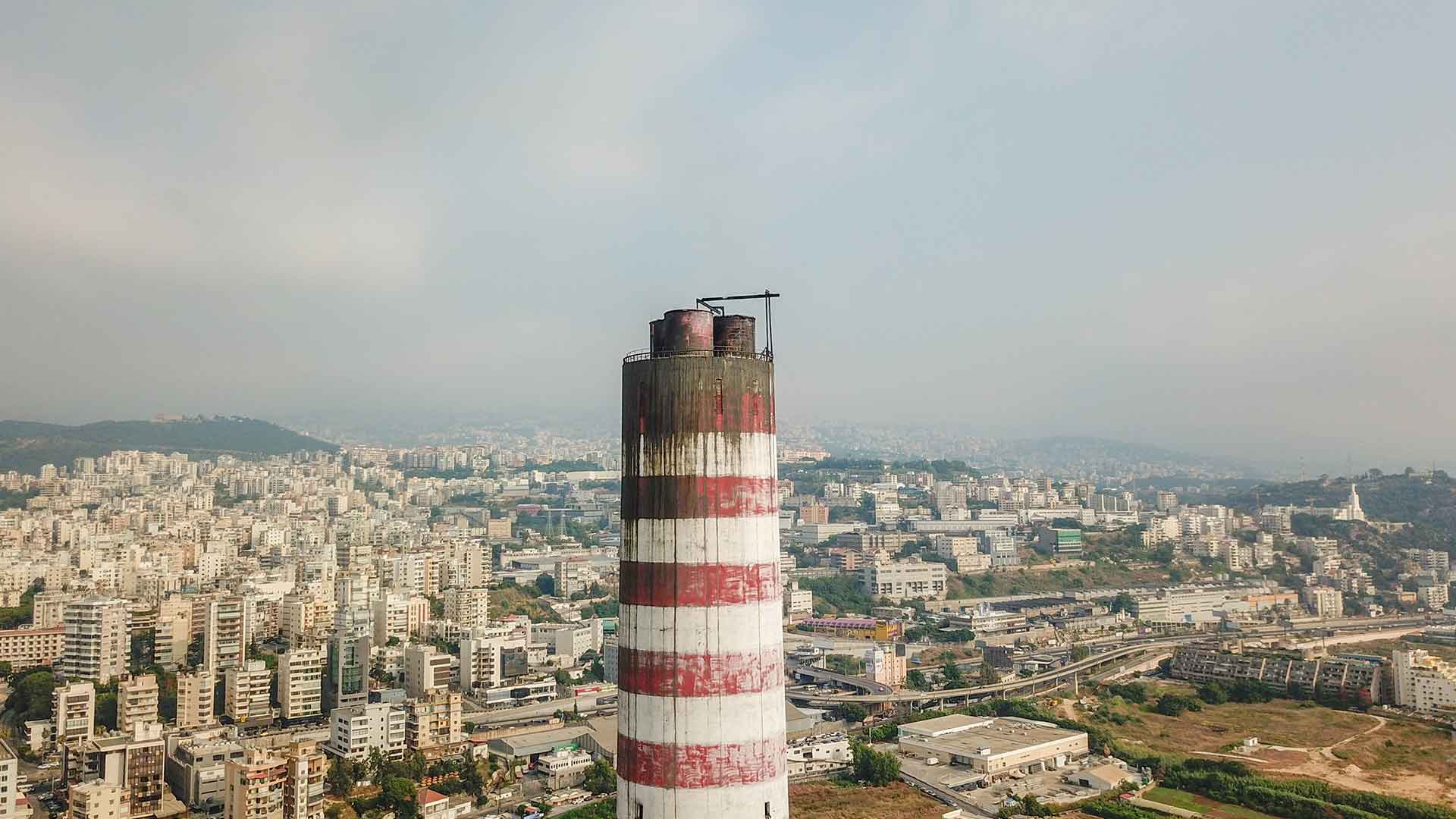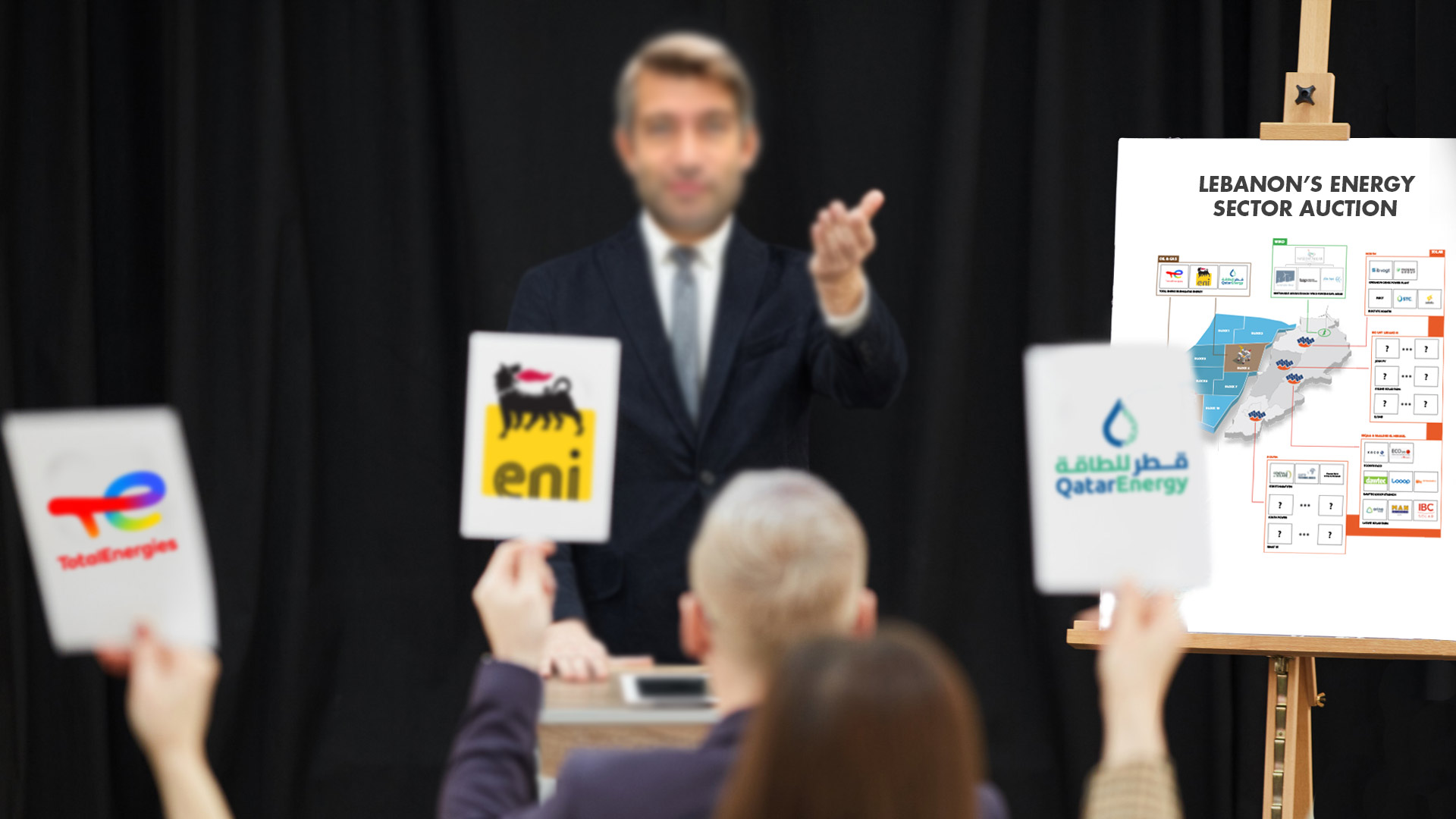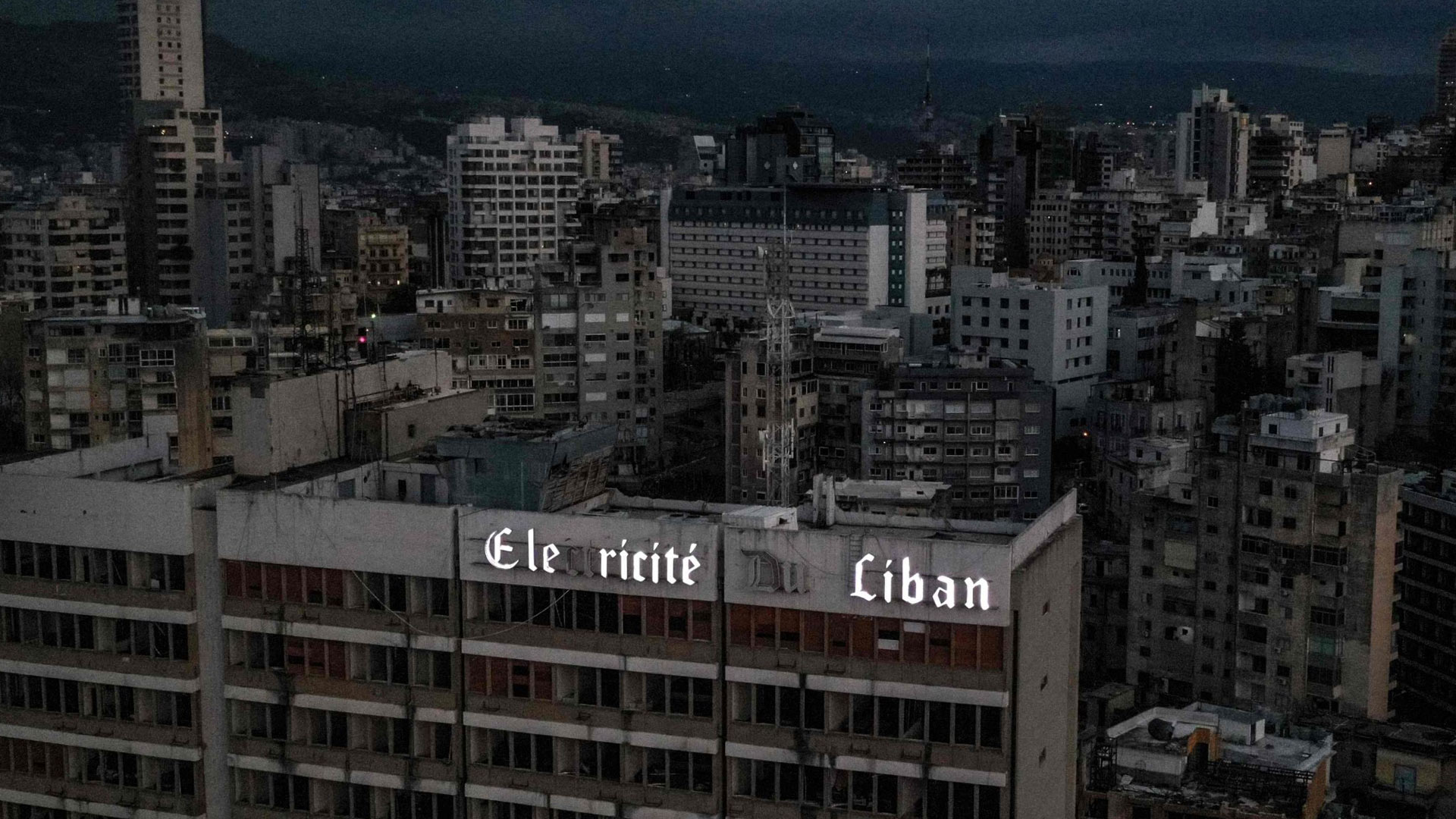This month Electricite du Liban (EDL) began collecting the higher tariffs it announced in November, representing the first time in almost three decades that Lebanese have seen a rate increase on their power bill.
Proponents of the higher tariff, including Caretaker Minister of Energy and Water Walid Fayad, claim it will close EDL’s gaping financial deficit, help rehabilitate the ailing company and put it on track to reduce the number of hours each day the country spends in blackout.
Amid another government bailout last month to allow EDL to keep its lights on however, critics say sustainable improvements in electricity provision are likely still years off and will depend on the success of reforms intended to end the utility’s rampant revenue leakages.
A power utility from the dark ages
In 1994, EDL began charging customers between roughly LL30 and LL196 per kw/h, worth $0.02 to $0.13 under the pegged exchange rate at the time. Raising this tariff had been the subject of debate for decades in order to address funding shortfalls and electricity shortages caused by long-term mismanagement.
Following the Lebanese lira’s precipitous slide since 2020, which has seen it lose more than 97% of its value, the EDL tariff became equivalent to an infinitesimal $0.0006 to $0.0039 kw/h. The consequences for EDL’s balance sheet have been immense, given that it purchases fuel from abroad in dollars to keep its power plants running.
Even before the currency collapse, however, electricity theft, poor bill collection, and inefficiencies in the electricity grid had meant that some 40-45% of the electricity EDL generated was going unpaid for, according to a 2019-2020 report from the Ministry of Energy and Water. This included public administrations, municipalities, and Palestinian refugee camps all receiving unbilled electricity.
The global norm for electricity losses is between 5-10%, according to Mark Ayoub, an energy policy expert at the American University of Beirut Issam Fares Institute for Public Policy and International Affairs.
Then last November EDL approved an increase in electricity tariffs to US$0.10 per kilowatt hour (kw/h) for the first 100 kw and US$0.27 per(kw/h) for anything over, with bill collection at the new rate to begin in February. Fayad, in speaking with The Alternative, said that under the new tariff structure “cost recovery will be reached from day one.”
“The [new] tariff accounts for the losses in the system of up to 40%, whether its commercial or technical costs,” said Fayad.
He added that this is intentional: “Even minimal reliance on the government for the supply of electricity is not possible in this stage. Which means that there is only one way to do it which is to rely on the consumer because there’s no other sources of funding.”
Yet experts say that without addressing the massive revenue losses plaguing EDL, the higher tariff will continue to saddle consumers with unnecessary costs.
“The [tariff increase] is expected to at least reduce governmental financial transfers to EDL, but the recovery of EDL will be gradual,” said Ayoub. He added that it could take three to four years for EDL to address the inefficiencies and revenue leakages necessary for it to become profitable.
The EDL money pit
With the country’s power utility racked by some of the highest electricity production costs in the region, Lebanese have for years been effectively paying more for their electricity than was shown on their power bills, given the yearly transfers of public funds to EDL to cover its financial losses. The cumulative weight of these transfers, relative to Lebanon’s overall economy, are immense.
EDL’s annual deficit has generally ranged between US$1 billion to US$1.5 billion, with cumulative treasury advances amounting to US$43 billion, as of 2020, almost twice Lebanon’s 2021 gross domestic product and roughly 46% of the national public debt.
In January cabinet approved another two treasury advances for EDL worth US$116 million, with two more, worth another US$184 million, still pending. These advances were a step down from the US$600 million Fayad had originally requested.
Of the US$116 million in advances approved, US$62 million will be directed to two shipments of fuel, US$42 million to provide maintenance for the country’s Zahrani and Deir Ammar power plants, and US$12 million will go in payments to local distribution service providers (DSPs).
Fayad said if the pending advances are also approved it would allow EDL to produce 4 hours of electricity a day. This is markedly less than then the 10 hours per day that caretaker Prime Minister Mikati declared just 2 months ago.
While the Ministry of Energy and Water claims that the treasury advance is only needed to finance a transitionary period until EDL can collect bills issued at the new tariff – a process expected to take around 5 months – Ayoub suggests that it is likely more treasury advances will be needed later down the road.
“If we calculate the average of the new tariff structure it would be around 0.15-0.18 cents per kw/h, but I see it [needing to be] much higher, between US$0.20-0.30 cents per kw/h because of the aging power plants and high cost of fuel,” he said. Indeed, even the energy ministry estimated last year that the breakeven tariff cost for EDL would be around US$0.30 per kw/h, compared to a regional average of US$0.08 per kw/h in 2017.
“When the funding for the current fuel shipments will end, we will have the same problem again in the coming months,” said Ayoub.
Where do all the bills go?
While EDL began issuing bills under the new tariff structure last November, the bill collection that began last week is being handled by Distribution Service Providers (DSPs), private companies EDL began contracting in 2012 to oversee maintenance of the distribution network, servicing of meters, and bill collection.
Today, there are four DSPs operating in three main areas of the country: BUTEC Utility Services (Northern Lebanon), KVA (Beirut municipality and the Bekka Valley), and National Utility Electric Company and MRAD (Southern Lebanon).
While EDL does not have the human resource capacity to carry out the tasks contracted to the DSPs, according to Ayoub, he points out that these private companies have yet to fully realize their contractual mandates, and even contribute to overall losses through failing to collect bills.
“There are areas in the past two years that are still uncollected,” said Ayoub. “At which price they will collect those and how much time will the service providers be able to collect those remain unknown.”
In speaking with The Alternative, BUTEC Utility Services’ general manager Fady Abou Jaoude refuted this accusation, saying the DSPs collection schedule is dependent on when EDL issues the bills.
Ayoub added that while the DSPs have been paid handsomely – receiving some $800 million dollars between 2012 and 2016 alone – “they are maintaining the network with the minimum possible investment.”
Among recent DSP goals has been an effort to install 1.1 million smart meters across the country, though Ayoub asserts that there has been little follow through to date.
Current contracts for DSPs are set to expire in May 2023.
Need for a holistic approach
During most of the day when EDL power cuts are in effect much of the country currently relies of private neighbourhood generators, which were charging $US 0.30 per kw/h as of December 2022, more than twice EDL’s new base rate tariff. It remains an open question if, or when, EDL will be able to ween the country off these private suppliers.
Recouping the utilities’ losses will require wide ranging efforts from various actors. For instance, unpaid bills and inefficiencies in the grid remain the purview of DSPs. Meanwhile, ending electricity theft would take coordination and collaboration between multiple state departments – a feat that would be uncharacteristic of Lebanon’s fractured government.
Fayad said that the “committed help of public entities responsible like the Ministry of Interior, security forces, the army, and even the judiciary” is needed to remove illegal connections, which he has made a prerequisite for EDL to increase electricity production
Billing public institutions for electricity will also take inter-departmental coordination. “There is a plan for public institutions to make funding available in yearly budget for the electricity costs, but this will be of course subject to the Ministry of Finance and any of the public institutions,” said Fayad.
“It is wishful thinking, but I hope we can do it,” stated Fayad.



